As the inhabitants of an ancient Middle Eastern city now called Tall el-Hammam went about their daily business one day about 3,600 years ago, they had no idea an unseen icy space rock was speeding toward them at about 38,000 mph (61,000 kph).


As the inhabitants of an ancient Middle Eastern city now called Tall el-Hammam went about their daily business one day about 3,600 years ago, they had no idea an unseen icy space rock was speeding toward them at about 38,000 mph (61,000 kph).
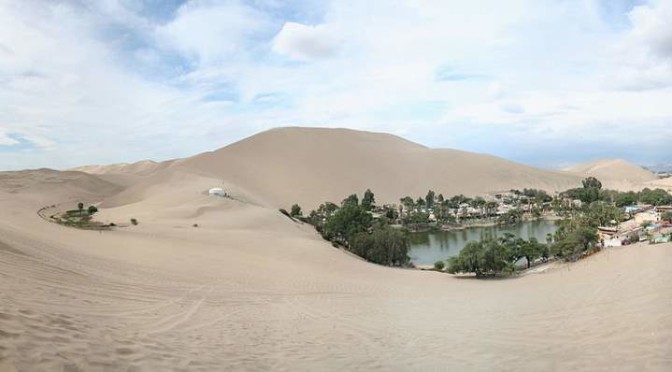
Climate changes are making pre-existing water shortages in dry climates even more severe. Drought conditions make life challenging for all beings, but as humans, we can take action to ensure the homes and buildings we construct are designed to conserve water for all plants, animals, and people that need it.
Of course, massive action is best for our planet. Though personal efforts may make a difference over time, large-scale changes are necessary to preserve the global water supply. Before we explore the green infrastructure designs for water conservation in arid climates, we must assess the challenges they counter.
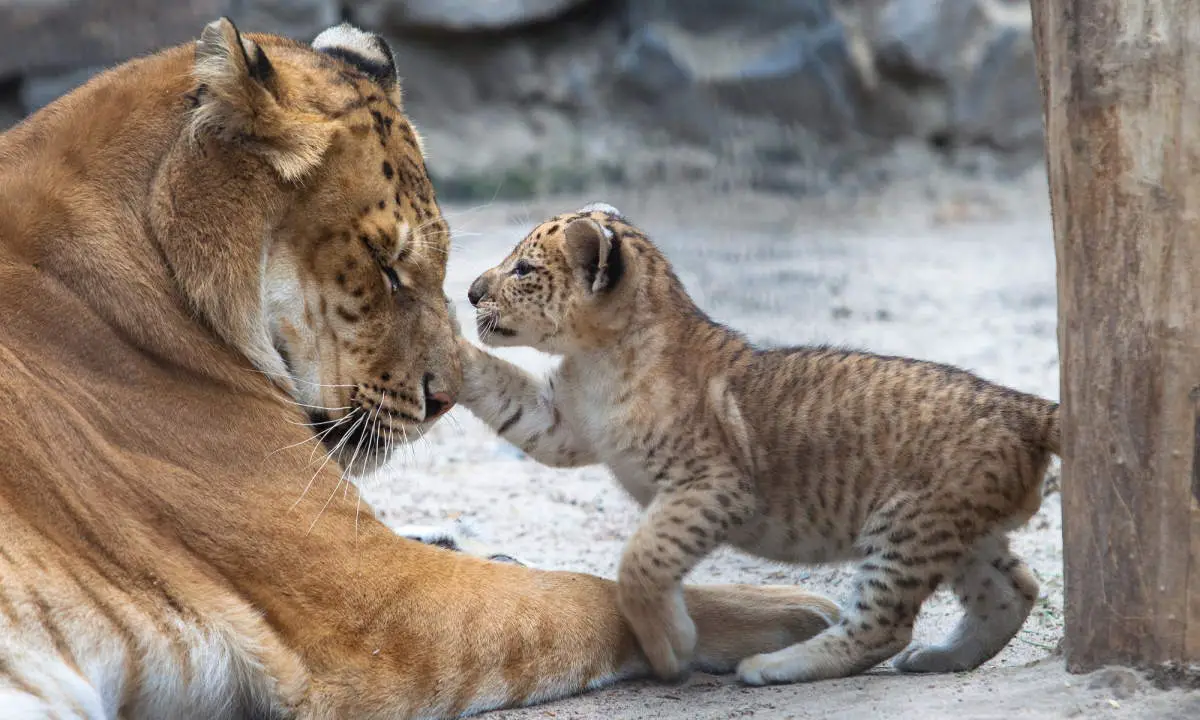
The liger, a hybrid offspring of a male lion and a female tiger, holds the title of the largest cat to ever roam the Earth, surpassing even the extinct giants of the feline world. Not even the formidable saber-toothed tiger (see notes 1 at the bottom of this post), renowned for its strength and size, could rival the sheer mass of a liger. These magnificent creatures, a blend of the two most iconic big cats, are rare and fascinating. Here are 20 incredible facts that will deepen your appreciation of the liger’s extraordinary characteristics.

The demand for clean energy is increasing as more people adopt eco-conscious values. The media portrays solar power as the industry leader, leaving other renewable electricity forms in the dark. Before investing in emissionless power sources, it is essential to evaluate their differences and consumer benefits.
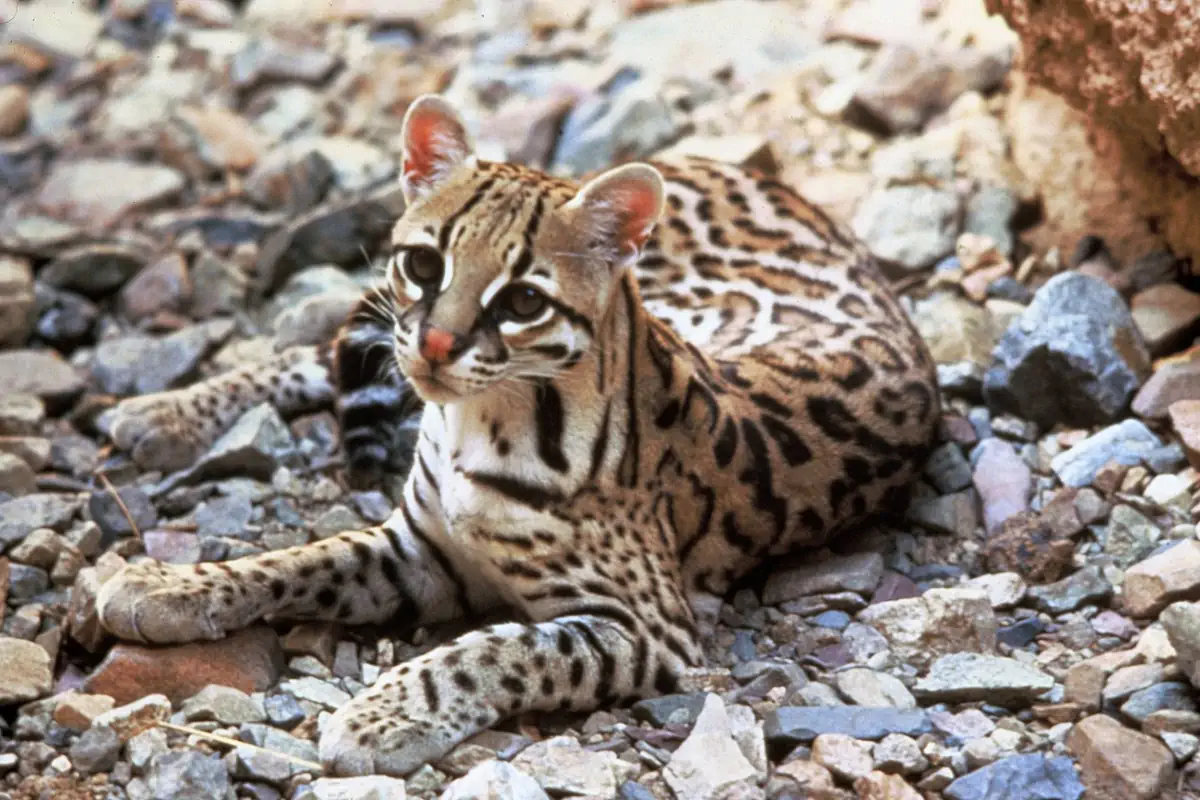
Ocelot (scientific name: Leopardus pardalis) is a medium-sized spotted wild cat. It is about twice the size of a typical housecat. The Ocelot is native to Mexico, Central and South America, the southwestern United States, and to the Caribbean islands of Trinidad and Margarita. They occupy tropical forests, mangrove forests, savanna grasslands, coastal swamps, and thorny plains.
Ocelot is also known as the dwarf leopard because of its unique color patterns. Here are 10 amazing ocelot facts.

The wind is caused by the differences in air pressure. These atmospheric pressure differences are created by the uneven heating of the Earth (or any planetary body which have an atmosphere, see notes 1) by the Sun.
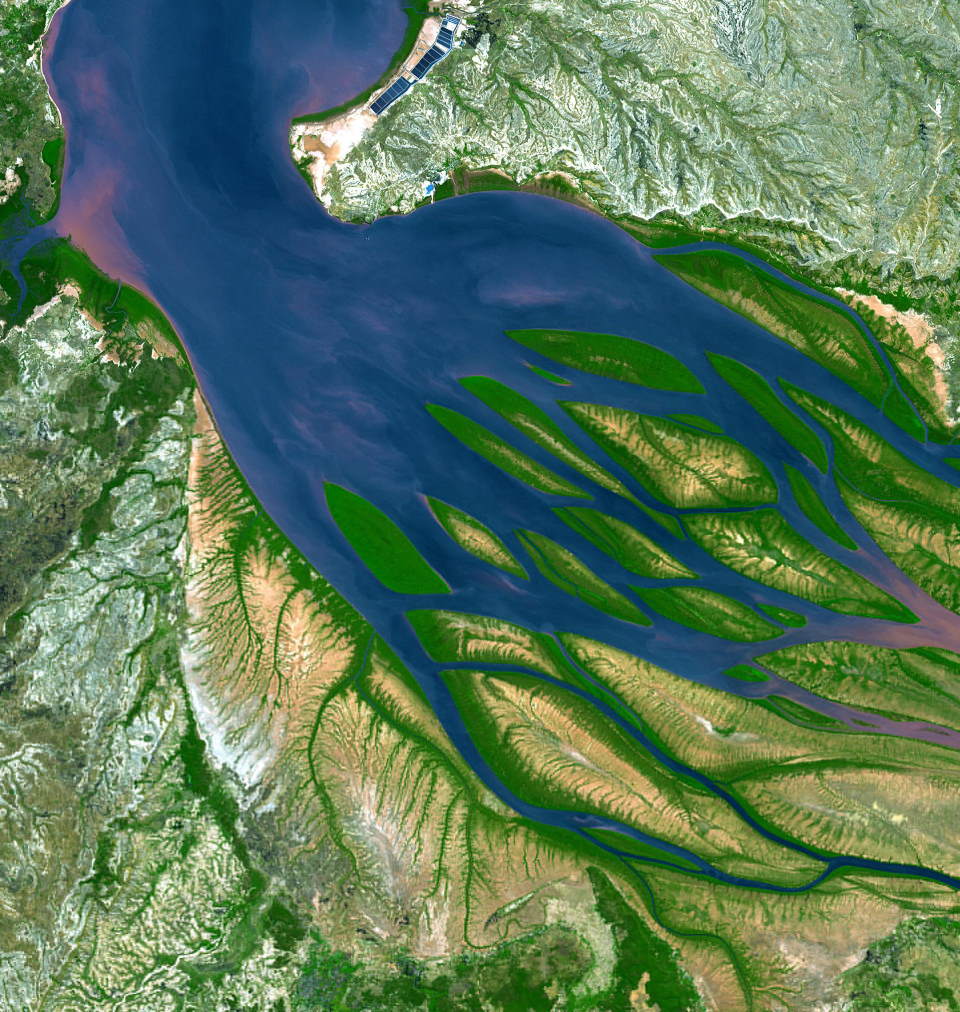
Bombetoka Bay is a bay on the northwestern coast of Madagascar, where the Betsiboka River flows into the Mozambique Channel. It is near the city of Mahajanga, a popular tourist destination, and also an administrative district on the northwest coast of Madagascar. Here are the 5 most amazing photos of Bombetoka Bay from space.
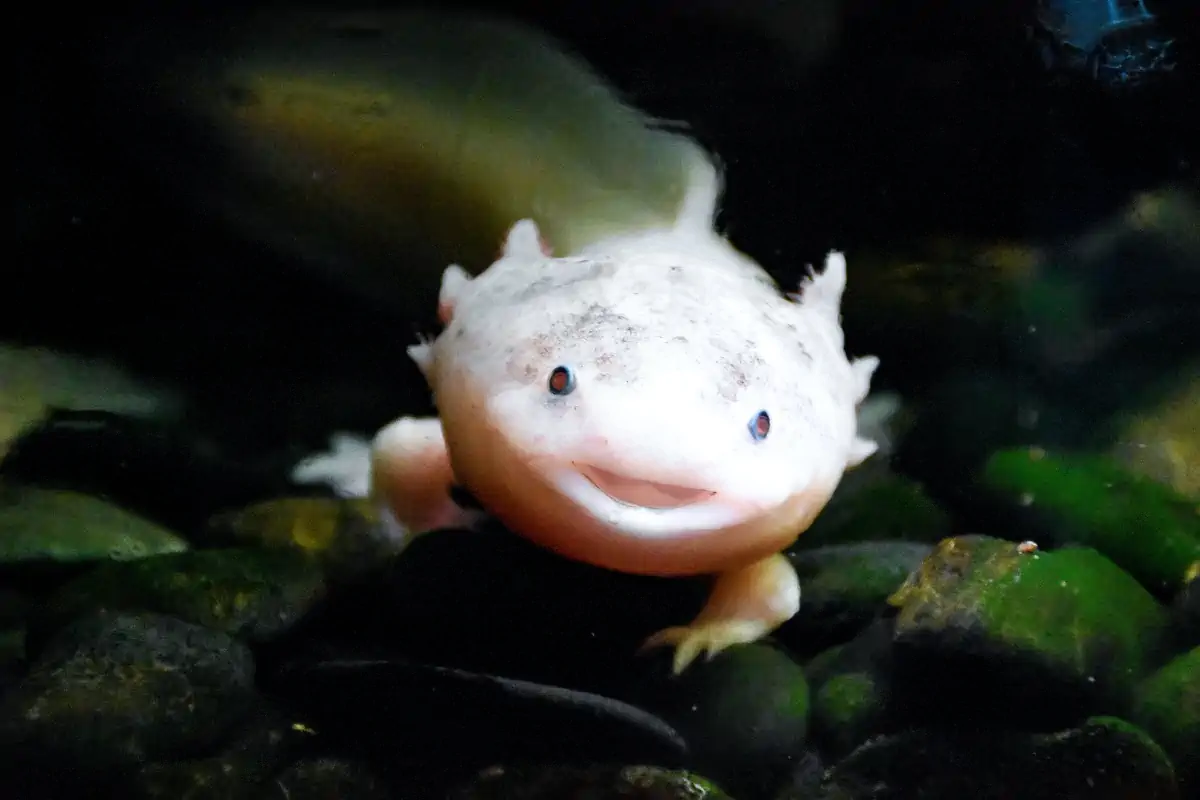
The axolotl (scientific name: Ambystoma mexicanum), also known as the walking fish, is a species in the class of amphibians that attracts people’s attention with many features – most notably their “smiling faces”. They are close relatives of the tiger salamander. Here are 10 amazing Axolotl facts:
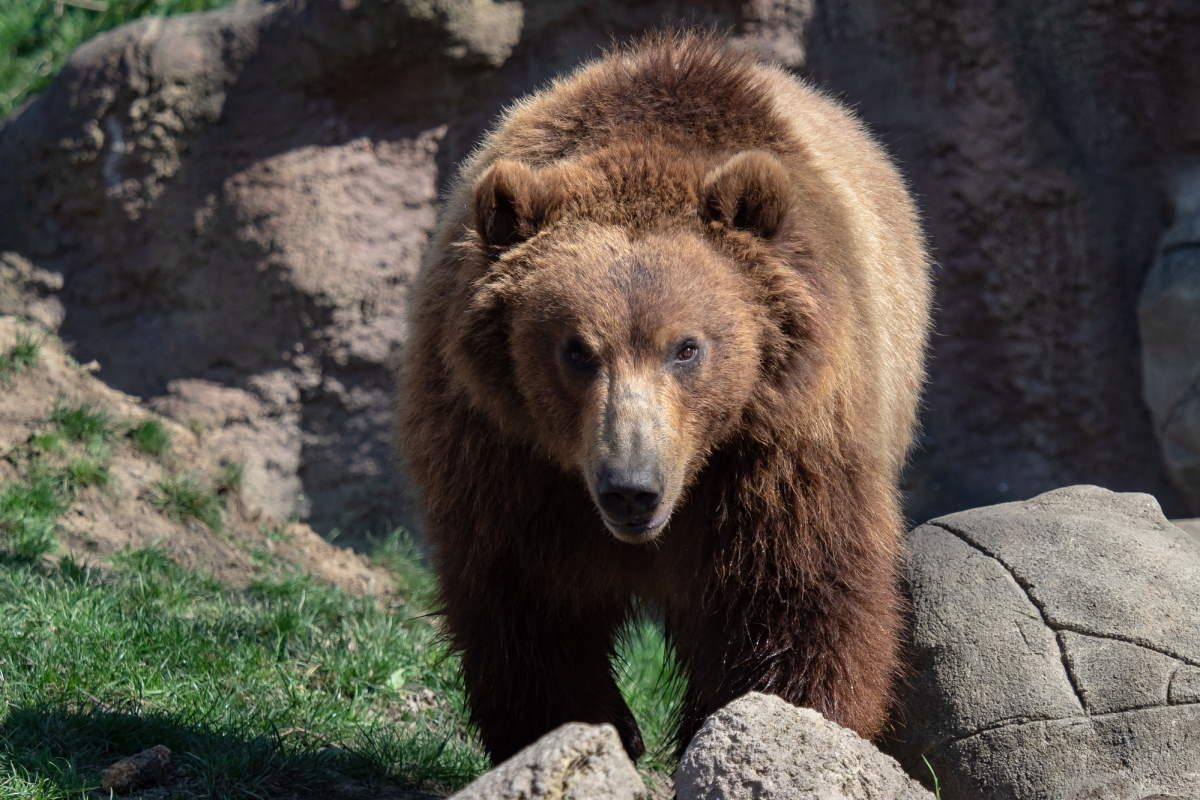
The Kamchatka brown bear (scientific name: Ursus arctos beringianus) is a subspecies of brown bear. They are native to the Kamchatka Peninsula in the Russian Far East, hence the name. They are also known as the “Far Eastern brown bear”. Here are 10 amazing Kamchatka brown bear facts.
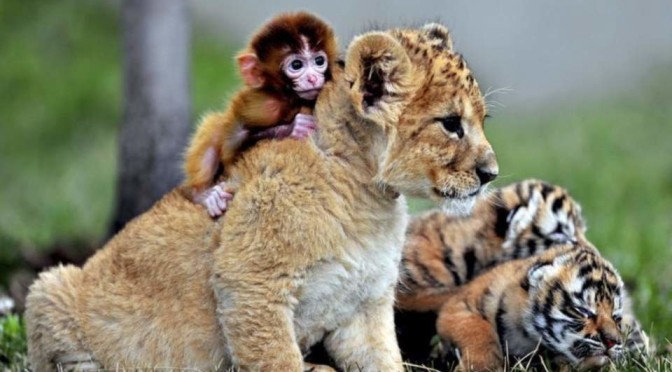
Sometimes, animals from different species become good friends. Here are 5 interesting interspecies friendships between animals.